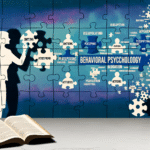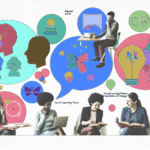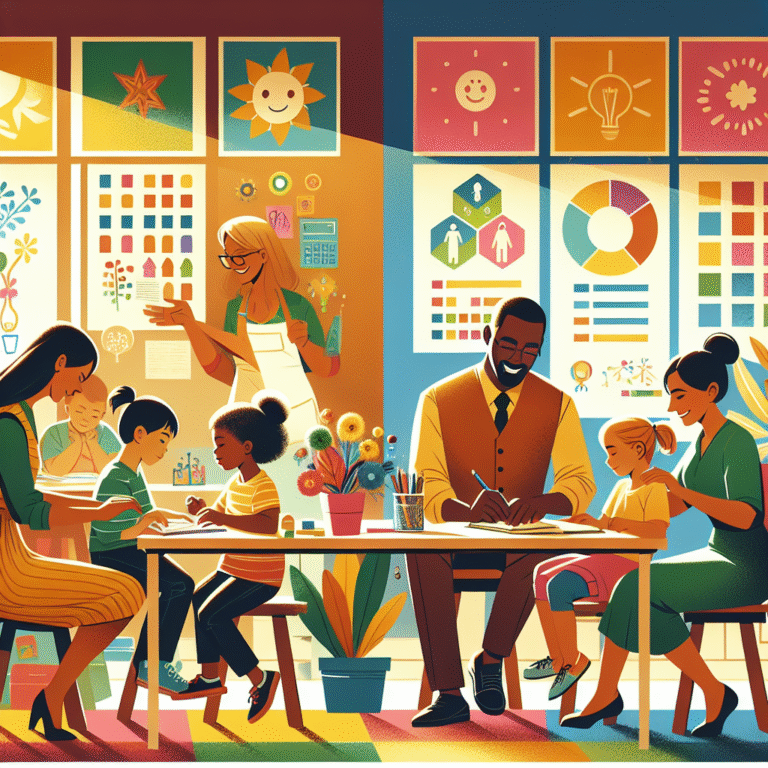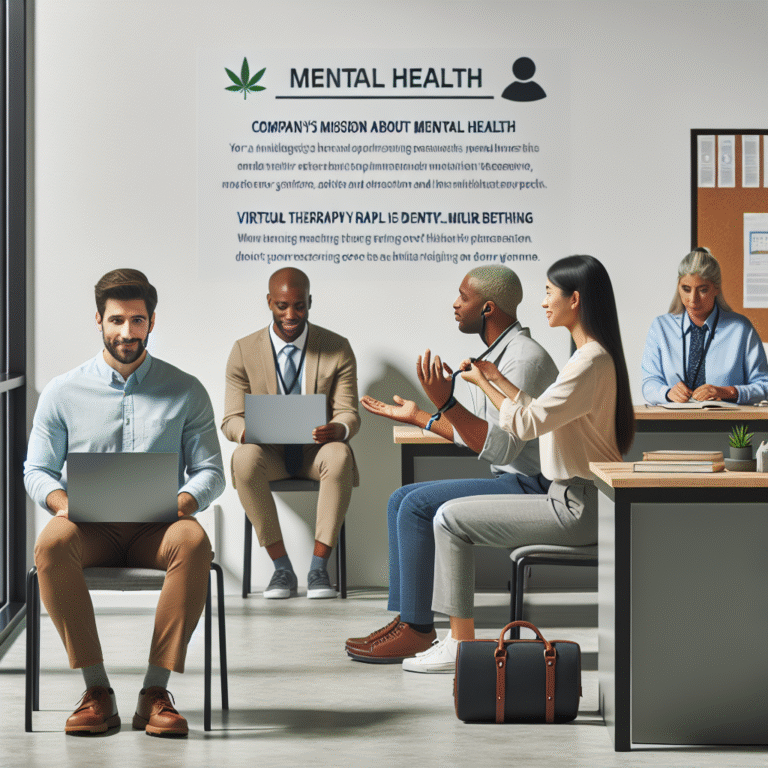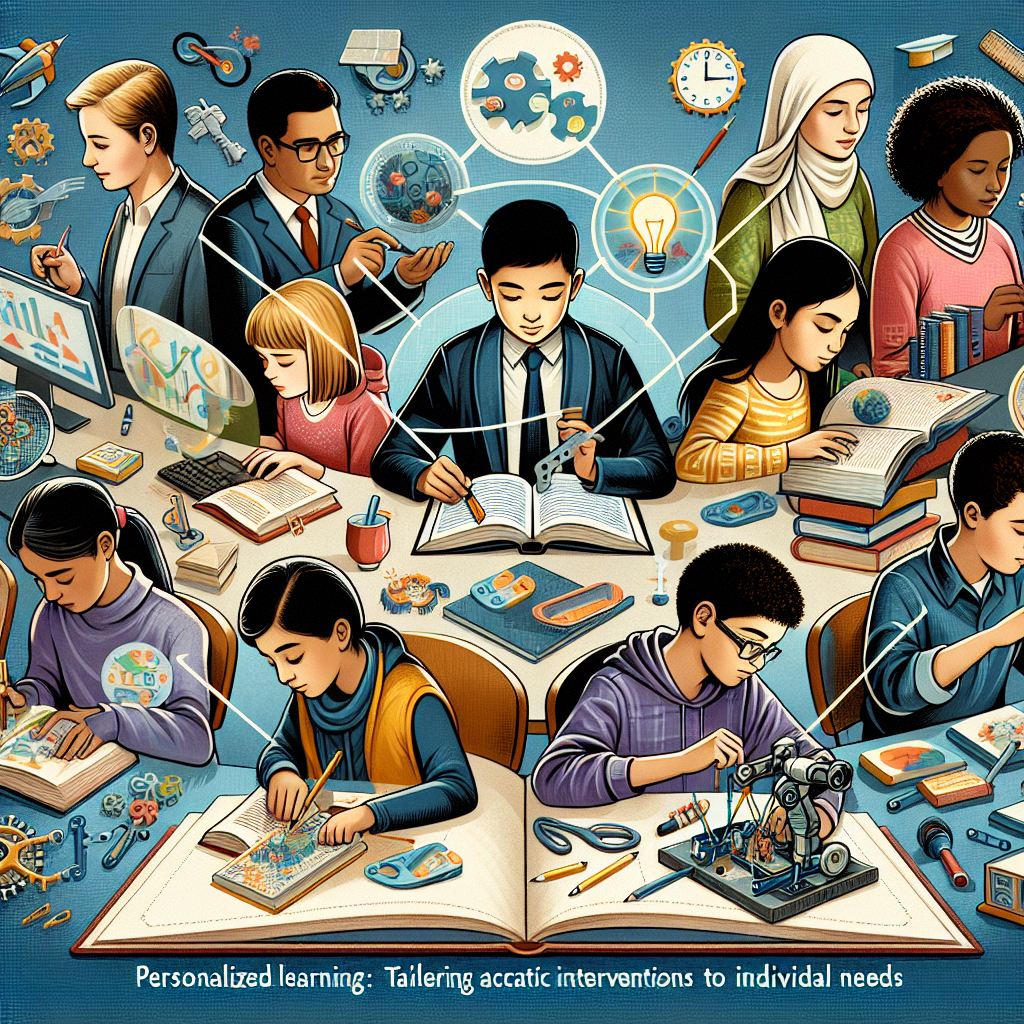
Introduction
Imagine a classroom where every student not only learns but thrives, encountering lessons that resonate with their unique strengths and challenges. In a rapidly evolving educational landscape, this vision is becoming a reality through Personalized Learning: Tailoring Academic Interventions to Individual Needs. By customizing instruction, resources, and assessments, educators can unlock the potential within each student, creating a transformative learning experience.
As we delve into the world of personalized learning, we’ll explore its significance, effective strategies, and inspiring case studies that demonstrate its real-world application. Let’s discover how tailored academic interventions can pave the way for each student’s triumph.
Understanding Personalized Learning
What is Personalized Learning?
At its core, Personalized Learning: Tailoring Academic Interventions to Individual Needs refers to educational practices designed to meet the individual requirements of students. This approach transcends traditional one-size-fits-all methodologies, allowing learners to engage with material in a manner that aligns with their learning styles, paces, and interests.
The Importance of Personalization in Education
In an era where students come from diverse backgrounds and possess varying levels of prior knowledge, personalized learning emerges as a crucial strategy. It not only fosters a more inclusive environment but also enhances student engagement and retention. According to research by the Bill & Melinda Gates Foundation, students in personalized learning environments significantly outperformed their peers in traditional settings in both math and reading.
Key Components of Personalized Learning
To successfully implement personalized learning, educators must focus on the following elements:
- Learner Profiles: Comprehensive assessments that provide insights into students’ strengths, weaknesses, and interests.
- Data-Driven Instruction: Utilizing real-time data to adapt teaching methods and materials.
- Flexible Learning Paths: Offering choices in how students meet learning objectives.
- Ongoing Assessment: Regular feedback loops to refine learning approaches and interventions.
Strategies for Implementing Personalized Learning
Building a Learner Profile
The foundation of Personalized Learning: Tailoring Academic Interventions to Individual Needs begins with creating detailed learner profiles. These profiles encompass academic strengths, interests, and learning styles. For instance, the use of online surveys and diagnostic assessments can help educators gain a clearer understanding of each student’s unique needs.
| Profile Component | Importance |
|---|---|
| Academic Strengths | Tailoring rigorous content to challenge learners |
| Interests | Infusing personal relevance into learning |
| Learning Styles | Adapting instructional techniques |
Leveraging Technology
Technology can be a powerful ally in personalizing learning. Platforms like Khan Academy and DreamBox Learning allow students to progress at their own pace while receiving tailored interventions. These systems use algorithms to analyze performance and adapt content, ensuring that learners are continually challenged and supported.
Differentiated Instruction Techniques
Incorporating differentiated instruction is essential to Personalized Learning: Tailoring Academic Interventions to Individual Needs. Techniques such as tiered assignments, flexible grouping, and interest-based projects enable educators to meet students where they are and provide the necessary support.
Collaborative Learning Opportunities
Personalized learning doesn’t have to be a solitary endeavor. Encouraging collaborative learning through group projects can help students learn from one another while solidifying their understanding of the material. For example, a mixed-ability group project allows stronger students to mentor peers, fostering a supportive learning community.
Case Studies in Personalized Learning
Case Study 1: Summit Public Schools
Summit Public Schools is a prime example of successful personalized learning implementation. By utilizing a combination of online and in-person instruction, each student follows a personalized learning plan. Students engage with their learning targets at their own pace, resulting in significantly improved academic performance and student satisfaction.
Analysis: Summit’s model illustrates the impact of individualized plans, showcasing how personalized education can result in significant gains in both student achievement and engagement.
Case Study 2: The Idaho Falls School District
In Idaho Falls, personalized learning initiatives included the use of individualized learning pathways for math and literacy. Teachers utilized adaptability tools to monitor student progress, adjusting instructional methods accordingly. The result? A 20% increase in test scores across the district.
Analysis: This case highlights the value of real-time data in tailoring interventions, proving that personalized learning can lead to demonstrable improvements in student outcomes.
Case Study 3: New Classrooms’ Teach to One
Based on student data, New Classrooms’ Teach to One program uses technology to personalize daily learning experiences in math. The program tailors lessons according to each student’s needs, resulting in higher engagement and performance.
Analysis: Teach to One’s methods demonstrate the transformative power of technology in facilitating personalized learning, indicating how data can enhance academic interventions effectively.
Benefits of Personalized Learning
Enhanced Student Engagement
When students feel that their educational experiences are tailored to their interests and abilities, they are more likely to engage actively in their learning. This autonomy fosters a greater sense of ownership and investment in their education.
Improved Academic Outcomes
Numerous studies underscore the positive correlation between personalized learning and academic achievement. Tailored interventions not only help struggling learners but also challenge advanced students, ensuring that all student needs are met.
Development of Lifelong Learners
Personalized learning cultivates a mindset of curiosity and resilience. As students navigate their unique pathways, they develop critical thinking skills and become adept at self-directed learning.
Building Stronger Relationships
With a focus on individual needs, educators can build stronger relationships with their students, fostering a positive classroom environment. This connection can lead to increased motivation and a supportive community for learning.
Challenges in Implementing Personalized Learning
Resource Constraints
One of the primary challenges in personalized learning is the need for resources, including time, technology, and professional development for educators. Schools must prioritize allocating these resources effectively to support personalized initiatives.
Resistance to Change
Shifting from traditional teaching methods to personalized approaches can be met with resistance from educators accustomed to established routines. Professional development and ongoing support are essential to ease this transition.
Data Privacy Concerns
The use of data in personalized learning raises concerns about student privacy. Educators must ensure they follow ethical guidelines and prioritize data security to protect sensitive information.
Conclusion
Personalized Learning: Tailoring Academic Interventions to Individual Needs is not merely a trend; it is a transformative approach that holds the promise of educational equity and success for every student. By leveraging data, technology, and innovative teaching strategies, educators can create an environment that nurtures each learner’s potential.
As we move forward in implementing personalized learning, let us commit to fostering collaboration, embracing adaptability, and making informed decisions based on individual student needs. The future of education is bright for those willing to embrace the challenge!
FAQs
1. What is personalized learning?
Personalized learning is an educational approach that tailors instruction, resources, and assessments to meet the individual needs of students.
2. What are the key components of personalized learning?
Key components include learner profiles, data-driven instruction, flexible learning paths, and ongoing assessments.
3. How does technology support personalized learning?
Technology supports personalized learning by providing adaptive tools that analyze student performance and adjust content accordingly, allowing for tailored experiences.
4. What are some challenges of implementing personalized learning?
Challenges include resource constraints, resistance to change, and data privacy concerns.
5. How can personalized learning improve student engagement?
Personalized learning enhances engagement by allowing students to pursue interests aligned with their strengths and provides a sense of ownership over their educational journey.
In embracing the philosophy of Personalized Learning: Tailoring Academic Interventions to Individual Needs, we can reimagine the educational landscape, ensuring that every student has the opportunity to excel. The journey may be challenging, but the rewards are immeasurable. Let’s move forward together, forging pathways to success for all learners.
